The Super Nintendo Entertainment System, also known as the SNES, is a 16 bit home video game console developed by Nintendo. It was released in 1990 in Japan and South Korea, 1991 in North America, 1992 in Europe and Australia, and 1993 in South America. In Japan, the system is called the Super Famicom, or the SFC for short. Take a look below for 25 more interesting and fascinating facts about the SNES.
1. In South Korea, the SNES is known as the Super Comboy and it was distributed by Hyundai Electronics.
2. Even though each version of the SNES is essentially the same, several forms of regional lockouts prevent the different versions from being compatible with one another.
3. The SNES was Nintendo’s second home console, following the Nintendo Entertainment System, or the NES.
4. The console introduced advanced graphics and sound capabilities compared with other systems at the time. The development of a variety of enhancement chips integrated in game cartridges helped to keep it competitive in the marketplace.
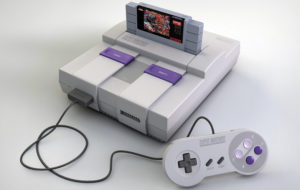
5. The SNES was a global success, becoming the best-selling console of the 16 bit era despite its relatively late start and the intense competition that it faced in North America and Europe from Sega’s Genesis and Mega Drive consoles.
6. The SNES remained popular well into the 32 bit era and continues to be popular among collectors and retro gamers, some of who still make homebrew ROM images.
7. The launch of the Super Nintendo console caused so much chaos in Japan’s various shopping districts that the government literally had to step in and politely ask video game companies to only release their new consoles on weekends.
8. Even though it was released in the early 1990s, new Super Nintendos were still being made until 2003, and still being sold by Nintendo until 2009.
9. The reason that the Famicom and SNES had an eject lever or button wasn’t because pulling out a game was bad for the cartridge. Nintendo staff just thought that the consoles could entertain kids even when they were ejecting their games.
10. The American Super Nintendo was designed by American industrial designer Lance Barr. Barr had previously designed the NES for Nintendo.
11. Unlike the flat top of the NES, the U.S. SNES had a curved top, supposedly to dissuade gamers from balancing drinks on top of the unit.
12. The console was originally released with Super Mario World and F-Zero. In the United States, the games Pilotwings, Simcity and Gradius III were also available at launch.
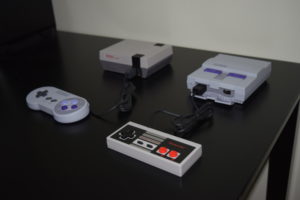
13. The success of the Super Nintendo can be attributed to a strong partnership with third party developers such as Capcom, Konami, Square, Enix, Koei and Tecmo.
14. The last ever officially released Nintendo game for the SNES was Kirby’s Dream Land 3.
15. Nintendo continued to repair SNES consoles until late 2007, only stopping it in the end after they ran out of parts.
16. The last third party game released for the SNES was Metal Slader Glory Director’s Cut, in November, 2000.
17. Many industry innovations, such as online multiplayer and downloadable content, can be traced back to the Super Nintendo.
18. Selling almost 50 million units, the SNES was the best selling console of its era.
19. The rivalry between Nintendo and Sega resulted in what has been described as one of the most notable console wars in video game history, in which Sega positioned the Genesis as the “cool” console, with games aimed at older audiences, and edgy advertisements that occasionally attacked the competition.
20. The cartridge media of the SNES is officially referred to as Game Pak in most Western regions, and as a Cassette in Japan and parts of Latin America.
21. Cartridges sometimes also had battery-backed SRAM to save the game state, extra working RAM, custom coprocessors, or any other hardware that will not exceed the maximum current rating of the console.
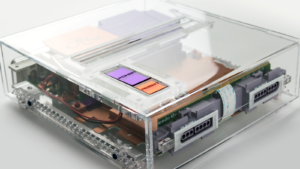
22. While Nintendo never released an adapter for playing NES games on the SNES, the Super Game Boy adapter cartridge allowed games designed for Nintendo’s portable Game Boy system to be played on the SNES.
23. Soon after the release of the SNES, companies began marketing backup devices such as the Super Wildcard, Super Pro Fighter Q, and the Game Doctor. These devices were supposed to create a backup of a cartridge. However, they were mostly used to create and play illegal ROM images or to create copies of rented video games.
24. In Japan, Satellaview was released, which was a modem that attaches to the Super Nintendo’s expansion port and connected to the St. GIGA satellite radio station from April 23, 1995 to June 30, 2000.
25. Satellaview users could download gaming news and specially designed games, which were frequently either remakes of or sequels to older Nintendo games, and released in installments. In the United States, the short lived XBAND allowed users to connect to a network through a dial-up modem to compete against other players around the country.

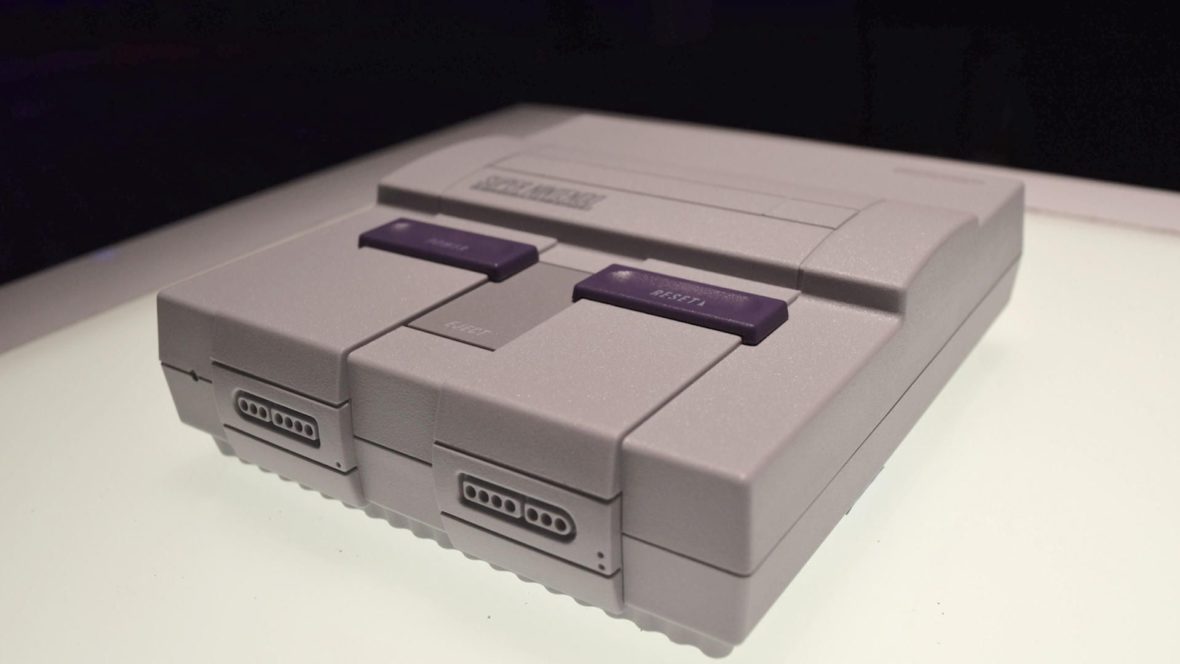
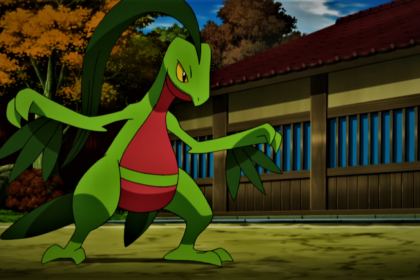


One Comment
Joseph Donahue
September 18, 2021 at 12:12 amI’m searching for a super nintendo beat’em’up style game, that I never seen since my childhood.It featured big buffed guys, and you could beat wending machines, to give you canned drink, that you could drink (seemingly the character was pressing the can against his forehead as he drank) and gain lifebar back. Anyone remembers?